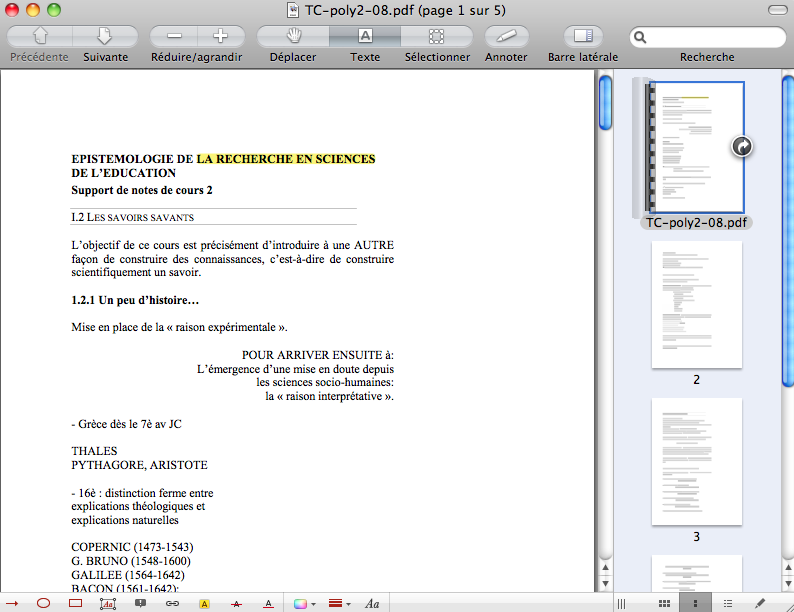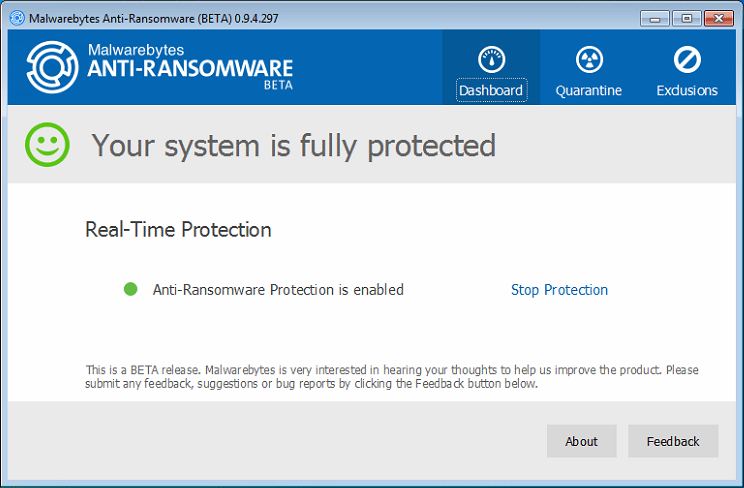


- Anti malwarebytes for mac snow leopard free software#
- Anti malwarebytes for mac snow leopard free download#
That’s often a concern when Apple jumps into an established software field, but as the company told Macworld, “The feature isn’t intended to replace or supplant antivirus software, but affords a measure of protection against the handful of known Trojan horse applications that exist for the Mac today.” Snow Leopard’s protection is more of a preventive measure than a cure for malware. Malware prevention software can keep you from being caught unaware, but it doesn’t give you carte blanche to be irresponsible, any more than having a car alarm means you should go out of your way to park your car in a dangerous neighborhood.Īnd it doesn’t mean that third-party antivirus software makers like Symantec and Intego are going out of business.
Anti malwarebytes for mac snow leopard free download#
As always, every computer user, regardless of their computing platform, should take certain precautions: download files from trusted sources don’t open e-mail attachments from unknown senders make sure you assign strong passwords to your accounts. It also doesn’t mean that Mac users can go about downloading files willy-nilly, with no regard for safety. (There is one exception: zipping the file using OS X’s built-in compression tools will keep the quarantine attribute present even if you transfer the file via FTP.) However, if you transfer the file through another method-say, via FTP-that metadata will be lost. If it’s copied via OS X’s file system-to a flash drive, for example, or via the Finder’s built-in file sharing-then the malware mark will stay emblazoned on the file like Hester Prynne’s big red A. However, whether the metadata remains with the file depends on exactly how the file is transmitted. The dialog box appeared regardless of whether the file was located on a disk image or the computer’s hard disk, as long as the file had been downloaded onto that computer via one of the applications that Apple’s system checks.īecause Apple uses the extended attribute (which stores metadata about the file) to record the information about malware, that information can actually travel from Mac to Mac. In our tests, the malware system successfully detected the OSX.RSPlug Trojan horse upon trying to open a file infected with it. For that, it seems you’ll still need to turn to third-party antivirus products. Most important, Apple’s system appears to contain no way to clean malicious software off your Mac after it’s been infected. However, if you grab an infected file from another source, such as an FTP site, a file-sharing service like BitTorrent, or a program that’s not covered by Apple’s system, then you’re out of luck-the system won’t detect it. So if you download a file via your Web browser (including Safari, Internet Explorer, Firefox, OmniWeb, Opera, Mozilla, Camino, and more) or an e-mail client (Mail, Entourage, or Thunderbird) or you receive a file via iChat, then it will be checked for malware when you open it. Snow Leopard defines an expanded list of applications for which it “quarantines” downloaded files (marking that they’ve been downloaded from the Internet). Unlike the more general warning, the malware warning doesn’t disappear after the first instance it will reappear each time you open the file.įile Quarantine seems to serve mainly as a gatekeeper for files downloaded from untrusted sources: think of it as a layer between the user and the untamed wilds of the Internet. If you’ve enabled Safari’s Open “Safe” Files After Downloading preference, you will automatically be prompted with the dialog box when the download completes and the file opens. As with the download validation dialog box, you have the option to continue or cancel, but if the file is on a disk image, there’s a button to eject the image if, on the other hand, the file is already on your hard drive, that button instead invites you to move the file to the Trash. If you try to open an infected file, Snow Leopard will present you with a stronger warning, saying that the file may damage your computer and suggesting that you move it to the Trash. However, Apple told Macworld that the list of definitions can be updated via Software Update. As of this writing, the file contains only two definitions: the Trojan Horse, first discovered in 2007, and the OSX.iService malware embedded in the pirated iWork installer mentioned earlier. In Snow Leopard, Apple has enhanced File Quarantine to also check files against known malware, pulling from a list of malware definitions at System/Library/Core Services/CoreTypes.bundle/Contents/Resources/ist.


 0 kommentar(er)
0 kommentar(er)
